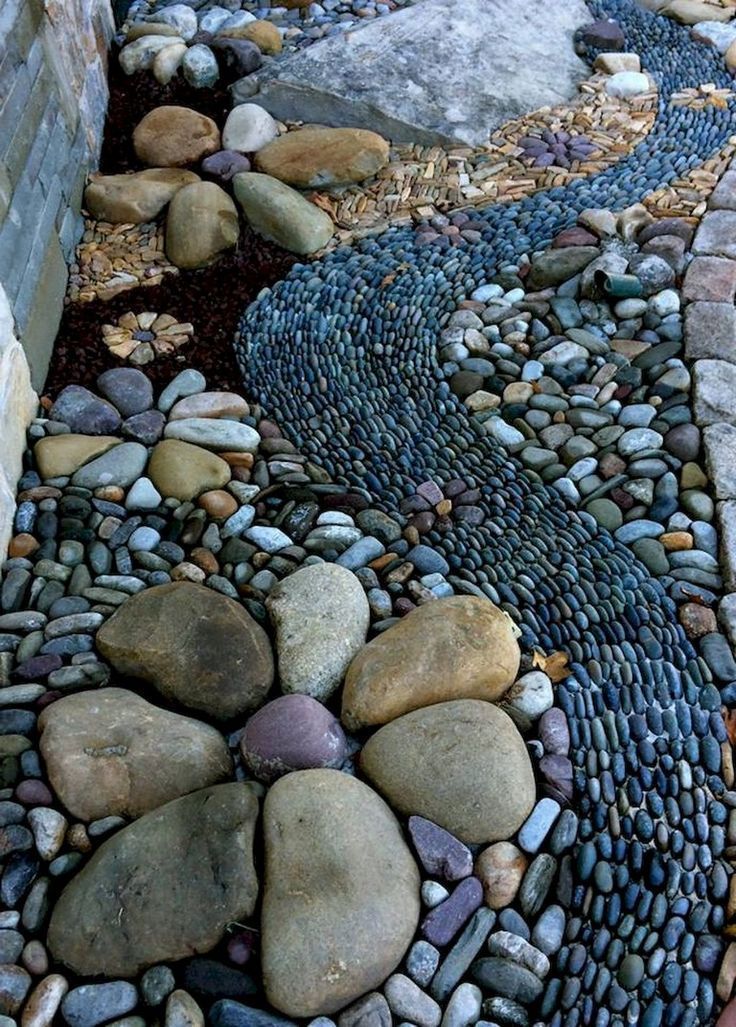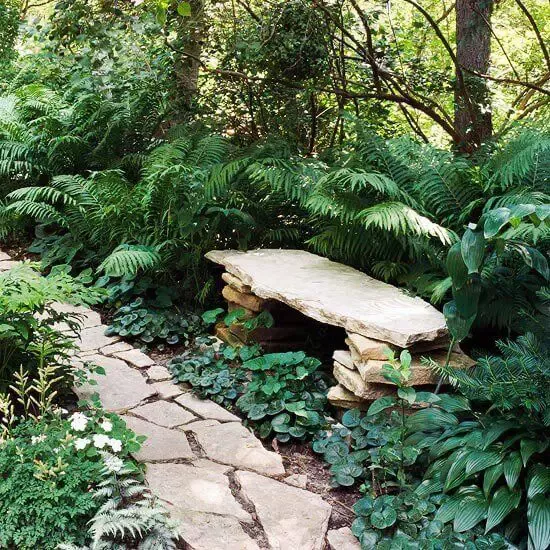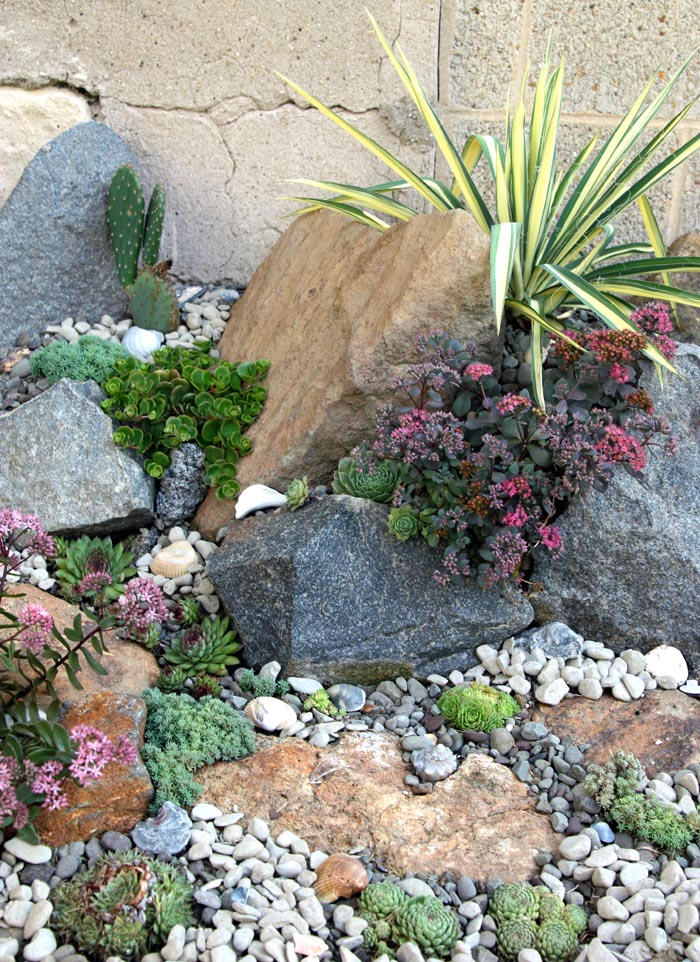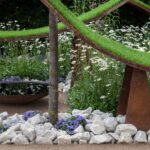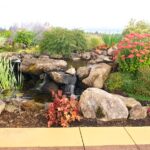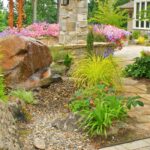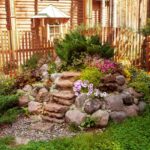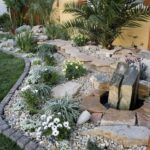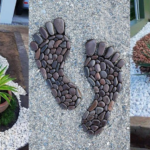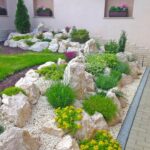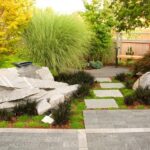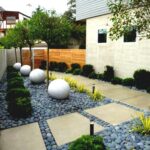Rock gardens are a beautiful and low-maintenance landscaping option that can add a unique touch to any outdoor space. When it comes to designing a rock garden, there are a few key elements to consider in order to create a visually appealing and cohesive look.
One of the first things to think about when designing a rock garden is the placement and arrangement of the rocks themselves. Rocks can be used to create a variety of effects, from a more natural and organic look to a more structured and geometric design. Experiment with different sizes, shapes, and colors of rocks to create a visually interesting composition.
In addition to rocks, plants are an important component of any rock garden design. Choose plants that are well-suited to the conditions of your garden, such as drought-tolerant succulents and cacti for a hot, dry climate or alpine plants for a cooler, more mountainous setting. Mix and match different plant types to create a diverse and dynamic garden.
When it comes to arranging plants in a rock garden, consider creating clusters or drifts of plants rather than planting them individually. This can help to create a more cohesive and natural-looking design while also reducing the amount of maintenance required. Group plants with similar water and light requirements together for easier care.
Another important aspect of rock garden design is the use of landscaping fabric and gravel or mulch to help control weeds and retain soil moisture. Lay down landscaping fabric underneath the rocks and plants to prevent weeds from growing through, and add a layer of gravel or mulch on top for a finished look. This can help to keep your rock garden looking neat and tidy with minimal effort.
Finally, don’t forget to consider other elements such as pathways, seating areas, and water features when designing your rock garden. Paths made of gravel or stepping stones can help to define the space and provide easy access for maintenance, while a bench or seating area can provide a relaxing spot to enjoy the garden. Water features such as a small pond or waterfall can add a soothing element to your rock garden design.
In conclusion, designing a rock garden is a fun and creative way to add interest and beauty to your outdoor space. By considering the placement of rocks, the selection and arrangement of plants, the use of landscaping fabric and gravel, and the inclusion of other elements such as pathways and water features, you can create a stunning and low-maintenance garden that you can enjoy for years to come.
 yishifashion Where Outdoor Dreams Become Reality
yishifashion Where Outdoor Dreams Become Reality
